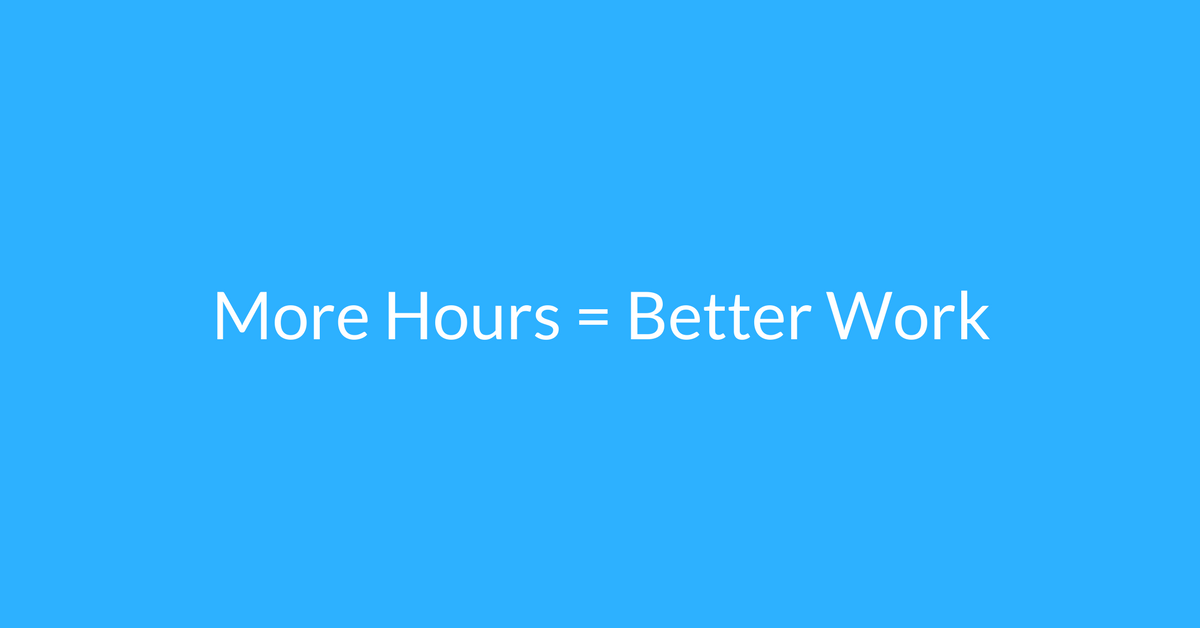Time Management: Myths, Truths, and Why Some Businesses Succeed Where Others Fail
Table of Contents
Is it just me, or does the entire world seem like it’s committed to the cult of extreme time management? Rarely does a week go by without someone sending me an article explaining how to squeeze more out of my time.

But is squeezing ourselves really what we all want? To feel like an empty balloon, so exhausted that we’ll never float again?
Here’s an idea: maybe time management should just be about doing your job better. Feeling more accomplished. Running your company more productively, without turning into one of the glazed-eyed children above.
Well, for those of you who agree, it turns out that there are some time management techniques that can do this. We’re talking about time management whose point isn’t to squeeze you like a tube of toothpaste, but to give you more energy, more creativity, and when done right, more free time.
In fact, businesses that follow good time management strategies end up doing much better: they manage project costs more effectively, they see team performance improve, and they’re able to hire in a more productive way.
How so? Well, let’s take a look at some common myths about time management, compare them to some truths, and see how knowing these things can help make your business more successful.
Time Management Myths

We started with this one because it’s one of the most misunderstood ideas about time management. While many of us think that good time management is about controlling every single minute of work time – charting, planning, assigning – in fact this strategy rarely works.
Why? A few reasons. First, if you’ve worked at, you know, a real job (meaning: any job at all), you know that as much as you try to schedule things in advance, the real world constantly changes. Priorities shift! There’s new information! Some things take more time than planned, and some less!
How can you adapt? Well, good time management often means padding your schedule with “free” time that you can apply to whatever task needs it. A good rule of thumb is to plan out 75% of your day, and leave the rest to absorb the overflow. This keeps you focused, but lets you re-prioritize as needed.

Ok, research has shown that tracking your time does help prioritize for the future. It’s always great to know how long it actually takes you do get things done, and to be able to plan accordingly.
At the same time, many of us get sucked into the idea that we can best control things with a complicated system.
In fact, most good time management rules end up being quite simple. Many people swear by making a single list of tasks, and prioritizing them in order of importance. Others insist on doing only three things per day.
Remember, whatever system you use is supposed to make things easier for you, not harder.

Many of us tend to think we can make up for poor time management by putting in more hours.
Unfortunately, the research is astoundingly clear on this point: working too many hours usually makes us less productive. That’s right: less. This is for lots of reasons. The more we work, the more mistakes we tend to make. If we’re just worried about clocking hours, we tend to prioritize less important tasks that simply fill time. Working too many hours also increases the likelihood that you’ll get sick, which does nobody any good.
The lesson? Work hard, work smart, and you’ll get more done.
Time Management Truths

The truth is that most good time management strategies end up being pretty boring. To-do lists certainly fall into that category.
But you know what? They work. Really, really well.
Why? Let’s count the ways. They let us prioritize our tasks. They give us a concrete sense of what’s actually on our plate. They keep us from forgetting things. They always show us what’s left to do and provide a nice feeling of accomplishment when we cross a task off.
Most of all, to-do lists helps us clean out our mind to focus on the actual work we have to do.

Again, boring but effective. We all know that constantly checking e-mail and social media make us less productive, as does working while keeping thirteen chat windows open. But we do it anyway. Even though studies show that when we switch tasks, it can take us as much as two hours to productively return to our original activity!
Want to use your time better? Give yourself an hour or two with no distractions. Close your door, turn off your internet, put the phone away, and try – try hard! – to just work.
The result? You’ll get more done, and leave yourself with more time to search for the perfect gif to tweet to all your followers.

Imagine you’re running a race. When do you have the most energy? At the beginning, of course! You’re revved up, motivated, and ready to tackle whatever’s thrown at you.
Work is the same. Start with the hard jobs. The most daunting one first! It’ll get done quicker and better.
Then think about how much easier your day will be once the hard stuff is done. It’s a little like a roller coaster: if you put all your effort into making the initial climb, you can spend the rest of your time enjoying the ride.

This one’s hard to overstate. How can you know how long it takes you to do things? The answer is simple: Record your time.
If you’re like most people, your 8 hours working isn’t really 8 hours working. It’s more like five hours working, plus two hours reading online, and an hour that may have somehow disappeared.
Some of that can be ok – research has shown it’s important to take breaks. But what you really want to know is how long it actually takes you to do various tasks. How long to write that memo? How many calls can you make in an hour? There’s no information more useful in helping you prioritize.
If there’s a magic trick to planning out the future, it’s tracking your time.
How Businesses Succeed by Using Time Management Techniques

When businesses track time well, they end up with a much more accurate sense of how long jobs take and how many employees (and which employees) are needed to complete them. This includes both initial estimates and management while the project is happening. After all, if you know that a portion of your estimated time (20%, say) is ideally set aside as “unassigned,” you’ll be in a much better position to accommodate the inevitable setbacks, changes, and difficulties.
Good time tracking certainly helps managers know what employees are doing and how they should be doing. It also lets managers set appropriate expectations for their employees.
But businesses that encourage employees to use the time management techniques listed above on an individual level can also end up doing better. If each of your employees is feeling energized and productive without burning out, the entire organization ends up functioning more effectively

You know what? People like being good at their jobs. They like getting things done. They like knowing that management knows that they get things done, and like that management respects them for it.
You know what employees don’t like? Feeling overwhelmed. Feeling unappreciated. Feeling like management doesn’t give them the right amount of work.
What’s the solution? Time management. The more companies do to help employees work better (again, “better,” not “more”!), the more employees appreciate it. Want to improve morale? Help people do a good job for you.

What if teams started using the time management techniques describe above? What if everyone on the team decided to work on the most important things first? What if your employees collectively decide to climb the steepest part of the hill, together?
Yes, leadership at top-performing organizations focus on employee performance, but to create a culture of continuous improvement and growth, the employees themselves must be committed to performing at a high level. Proper time management certainly helps, but there's nothing more powerful than setting the right goals, hitting them, and celebrating the results — and rewards — together.






